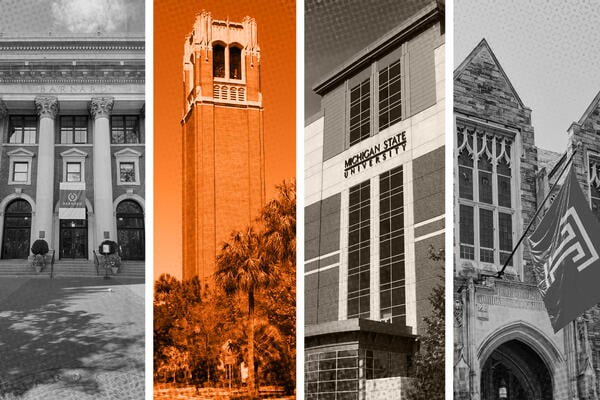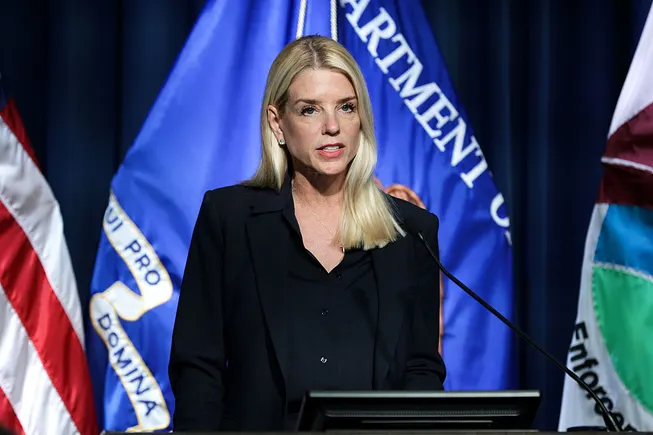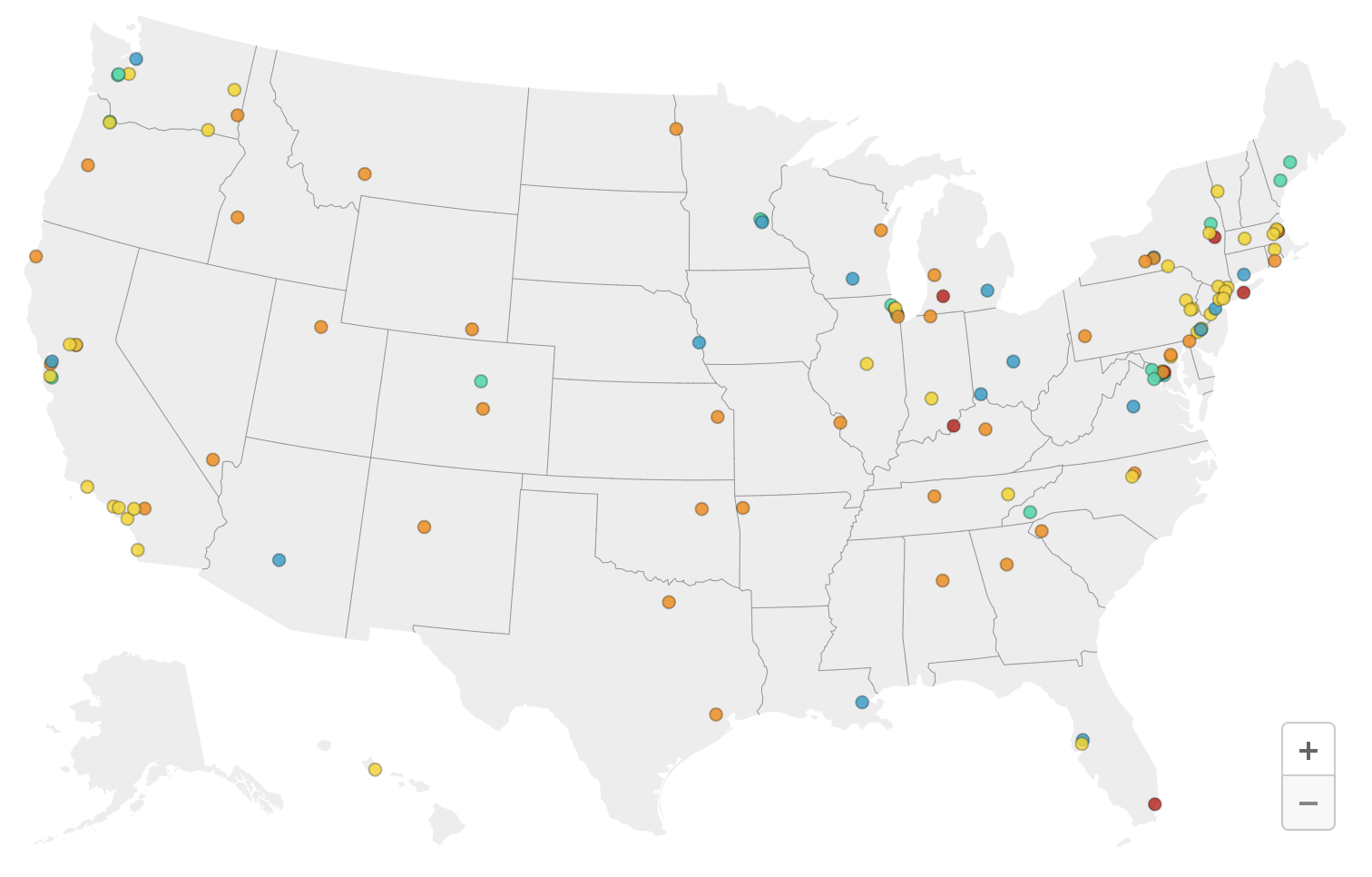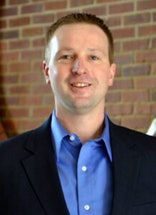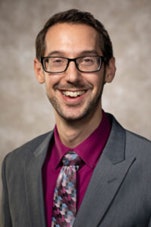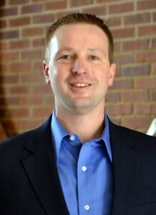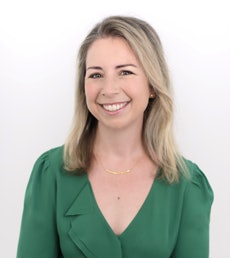The Scroll
Picture this: A high school sophomore is scrolling Instagram at midnight and stumbles on a college reel that feels… real. Maybe it is a marching band. Maybe it is students chatting on the quad. Maybe it is a 10-second video about living in the dorms. Whatever it is, something sparks.
But here is the twist: what students do next is not always what colleges think they do.
Take Anna, a 10th grader in Minnesota:
“I followed my dream school on Instagram for a year before I filled out a form. I wanted to see if it was really for me.”
Intentional. Curious. Not rushed.

Nearly 90% of teens use social media, with Instagram and TikTok especially popular among high school students as they shape their opinions about colleges (Pew Research Center, 2024; Statista, 2023). Students now use social platforms as a low-pressure way to assess fit before filling out a form (Šola & Zia, 2021). For first-generation and underrepresented students, social media often serves as a critical window into campus life, offering stories and info they might not find elsewhere (Wohn et al., 2013).
Here is where the institutional side comes in. The 2025 Marketing and Recruitment Practices Report (RNL, 2025) shows that while colleges rank social media ads as one of their most effective tactics, they still put most of their dollars into Facebook and Instagram. The 2025 E-Expectations Report (RNL et al., 2025) shows that students spend much of their time, but campuses underuse these channels (RNL, 2025). That platform gap is a big reason students scroll without always finding authentic, peer-driven content that sparks action.
The 2024 College Planning Report (RNL & Halda, 2024) adds another layer: many students describe the early stages of college exploration as “confusing” and “overwhelming,” especially when they do not see affordability clearly explained. Social becomes a safe space to watch, wait, and observe before risking that first outreach.
Digital dominance: The top outreach methods
According to the 2025 E-Expectations Report, nearly 90% of first college contact happens digitally.
Students most often make that first move by:
- Filling out a form on the college website (31%)
- Sending an email (28%)
- Following the school on social media (27%)
That last one? Not just casual scrolling. One in three 9th graders is already following colleges online, long before they are ready to apply (RNL et al., 2025).
Students are also more likely than ever to use digital inquiry forms and direct email, confirming that a digital-first mindset is now the norm (JohnXLibris, 2024; Pew Research Center, 2024).
On the college side, the RNL Marketing Practices data reinforces the digital-first story: email and SMS are the most effective outreach methods (RNL, 2025). That is one place of alignment. But here is the catch: colleges often lead their early campaigns with brand identity, facilities, or rankings. Students, meanwhile, are looking for something more practical: programs, scholarships, and campus life glimpses. It is not just about being digital. It is about being relevant.
The 2024 College Planning Report shows why: when asked about their top concerns in the process, students point first to affordability (42%) and finding the right academic fit (31%) (RNL & Halda, 2024). If early outreach misses those notes, students scroll past.
What sparks a student to reach out?
The top motivations for contacting a college are (RNL et al., 2025):
- Information about a specific major or program
- Details on how to apply
- Financial aid questions
- Talking to an admissions counselor
Among first-generation students, financial aid is even more central; they are more likely to initiate contact specifically about affordability (Affordable Colleges Online, 2024).
Barriers like complex forms and confusing language make it harder for first-generation and low-income students to confidently reach out (Inside Higher Ed, 2024). That is why clear, transparent messaging matters from day one.
The College Planning Report reinforces this finding: students consistently name financial aid and cost as their most significant barriers, with 55% saying affordability worries may limit their options (RNL & Halda, 2024). The 2025 Marketing Practices Report makes the contrast clear: Colleges invest heavily in brand storytelling and polished digital ads. Students, however, are motivated to act when they see clear pathways, majors, application steps, and affordability details (RNL, 2025).
Read the E-Expectations Report
How can you increase engagement with prospective students? How you can you better align your recruitment strategies with their expectations. Find all this and more in the E-Expectations survey of college-bound high school students, with findings on:
- What they expect from college websites
- Which communication channels they prefer
- How they use AI in the search process
- How they value video when learning about campuses
From social scroll to serious inquiry
Social media is a leading gateway for college exploration among younger students, particularly those in 9th and 10th grades (RNL et al., 2025). At this early stage, students are not necessarily ready to fill out inquiry forms or attend information sessions; they are observing. Following colleges on Instagram, watching TikTok videos, or seeing a YouTube dorm tour gives them low-pressure insight into student life, culture, and fit (Šola & Zia, 2021).
Over half of high school students report using social media to explore colleges (Statista, 2023). Instagram and TikTok are now more popular among teens than Facebook or X/Twitter (Pew Research Center, 2024).
However, here is the rub: the Marketing Practices Report shows that institutions still prioritize Instagram and Facebook for ad buys, with TikTok and YouTube trailing (RNL, 2025). Students are signaling where they scroll, but colleges are not always meeting them there. The result? Missed chances to connect when students are most curious and impressionable.
The 2024 College Planning Report echoes this generational divide: while older students lean into email as their primary channel, younger students treat social media as their first stop, often months before they enter the formal admissions funnel (RNL & Halda, 2024).
Do not sleep on the follow-up.
Once a student reaches out, timing and tone are everything.
- 68% of students prefer follow-up via email.
- 40% favor text messages for quick updates or deadline reminders.
- Only 32% are willing to share their home address (RNL et al., 2025).
Teens are increasingly skeptical of institutions that over-collect data or send irrelevant messages (Pew Research Center, 2024). They expect transparency about why information is collected and how it will be used (EDUCAUSE, 2021).
Here, too, we see both alignment and friction. Colleges know email and text work; the 2025 Marketing Practices data confirms these are the most effective channels (RNL, 2025). But colleges also continue to lean on printed materials and phone calls for first contacts, even though students rank them not as high (RNL et al., 2025).
The 2024 College Planning Report drives home why this matters: slow response times can be fatal. Nearly half of students expect a reply within 24 hours, and interest drops sharply if schools take longer (RNL & Halda, 2024). The channel mismatch and speed gap risk undoing the goodwill colleges build digitally.
Key takeaways for enrollment teams
1. Email is not dead, but it must become smarter
- Personalize by name, grade, interests, and inquiry source.
- Use warm, student-centered language.
- Keep emails short, mobile-friendly, and action-oriented.
2. Text messaging is gaining ground, use it strategically
- Implement opt-in texting early in the funnel.
- Use for reminders, check-ins, and next steps.
- Align tone and frequency with the student’s stage.
3. Trust is the new conversion strategy
- Explain why each piece of information is collected.
- Be transparent about data use.
- Maintain consistent, clear communication.
4. Follow-up is a test and a turning point
- Respond quickly and personally after a student takes action.
- Boost engagement with timely, relevant replies.
5. Segment by stage, not just grade
- Use behavioral data to guide segmentation.
- Share exploratory content early, application and aid support later.
6. Communication is a relationship, not a task
- Every message is an opportunity to build rapport.
- The institutions that win make students feel known and respected.
Final word: It is about more than a click
Students are not just filling out forms; they are extending an invitation:
“I am thinking about my future. Help me see if you are part of it.”
If your institution can meet that moment with empathy, transparency, and good timing, you are not just capturing a lead, you are building a relationship.
Talk with our marketing and recruitment experts
RNL works with colleges and universities across the country to ensure their marketing and recruitment efforts are optimized and aligned with how student search for colleges. Reach out today for a complimentary consultation to discuss:
- Student search strategies
- Omnichannel communication campaigns
- Personalization and engagement at scale
References
Affordable Colleges Online. (2024). Guide to financial aid for first-generation students. https://www.affordablecollegesonline.org
Concept3D. (2024). The state of virtual tours in higher education. https://www.concept3d.com
EDUCAUSE. (2021). 2021 student technology report: Supporting the whole student. https://www.educause.edu
Hanover Research. (2024). Best practices in prospective student communications. https://www.hanoverresearch.com
Inside Higher Ed. (2024). Barriers to first-generation student engagement. https://www.insidehighered.com
JohnXLibris. (2024). Email communication preferences of college-bound students. https://www.johnxlibris.com
Ocelot AI. (2024). Personalized communication in higher ed recruitment. https://www.ocelotbot.com
Pew Research Center. (2024). Teens, social media, and technology 2024. https://www.pewresearch.org
RNL & Halda. (2024). 2024 high school student college planning report. Ruffalo Noel Levitz.
RNL. (2025). 2025 marketing and recruitment practices for undergraduate students. Ruffalo Noel Levitz.
RNL, Halda, & Modern Campus. (2025). 2025 E-Expectations trend report. Ruffalo Noel Levitz.
Šola, J., & Zia, A. (2021). Social media as an information source for prospective students: A review. Journal of Marketing for Higher Education, 31(2), 310–330. https://doi.org/10.1080/08841241.2020.1866521
Statista. (2023). Share of teenagers in the United States who use social media to research colleges. https://www.statista.com Wohn, D. Y., Ellison, N. B., Khan, M. L., Fewins-Bliss, R., & Gray, R. (2013). The role of social media in shaping first-generation high school students’ college aspirations: A social capital lens. Computers & Education, 63, 424–436. https://doi.org/10.1016/j.compedu.2013.01.004





